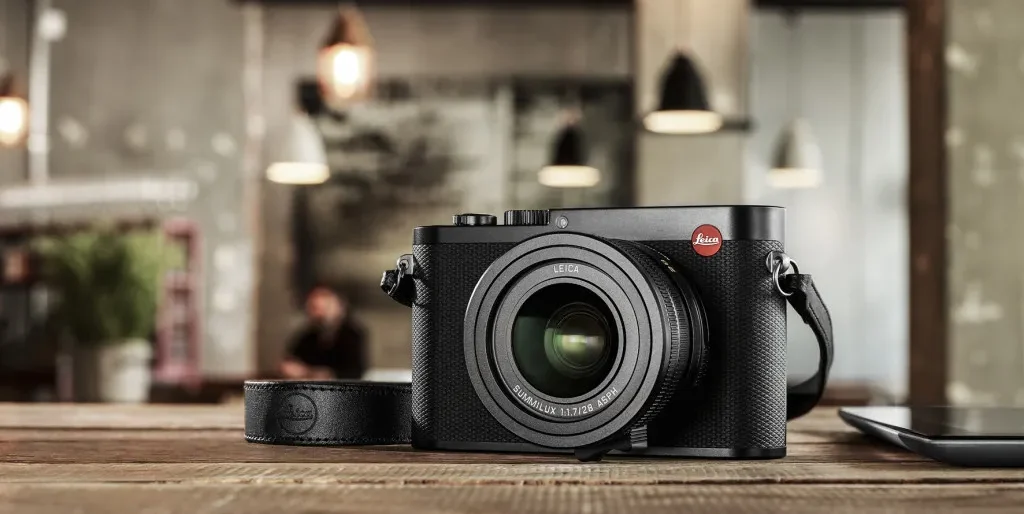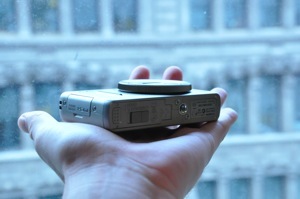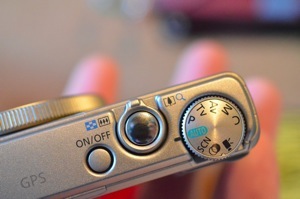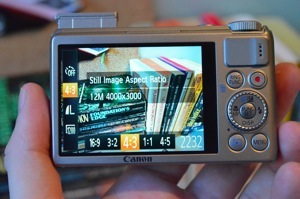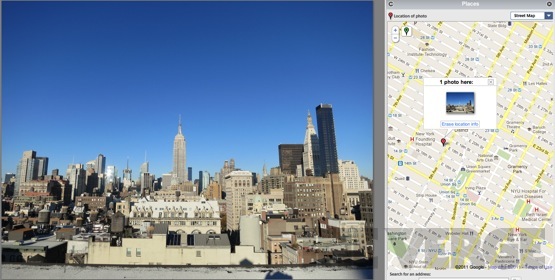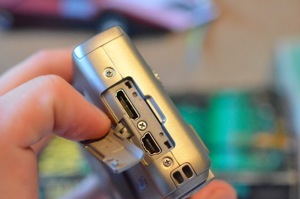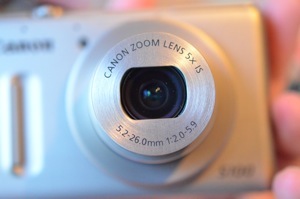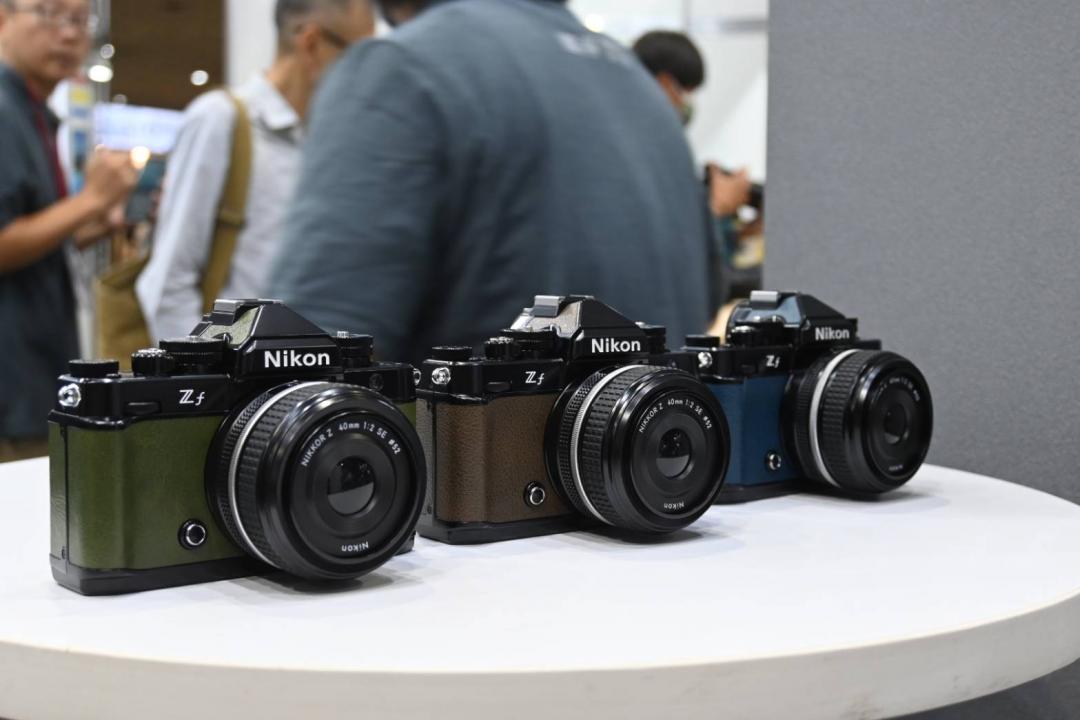As I mentioned before, most of the S100’s upgrades over the S95 are internal, and evolutionary rather than game-changing. The S95 had a larger-than-average sensor (though still small compared to DSLRs or Micro Four Thirds cams), and 3.8x optical zoom on a bright, f/2.0 lens that extended from 28-105mm. The S100 bumps up to 5x zoom on a 24-125 lens (still f/2.0), and swaps the CCD sensor for a 現金相機收購canon-optimized CMOS.
Most of the changes are obviously positive, but the sensor change made me nervous — the S95 was so good, why fix what’s not broken? After using the S100 for a while, I’m still wondering. The S100’s photos are still excellent, but I can’t find a shred of evidence that points to them being better. In fact, in one noticeable way, they’re worse: the S100 has a tendency to over-saturate colors, which makes them beautiful and vivid at the expense of accuracy. (The sky in some of my test shots looked just a little bit too amazing.) That’s not to say it doesn’t take terrific pictures, because it does — I’m nitpicking, and I’m only able to do so because 現金相機收購canon made such a good camera the last time. But the S100 would be an even better upgrade if it had kept the CCD sensor.
Low-light performance is a similar story: it’s still really good, but if anything a hair worse than the S95. The S100 does a solid job of getting crisp photos without the flash in low light, and it’s clean and clear all the way up to ISO 1600 (and still usable beyond), but all the way up the S95’s photos just looked a little brighter, and a little better. The S100 actually does a better job delivering noise-free photos at high ISOs, but the S95 handles colors better, and unless you’re blowing up your photos to huge resolutions I think color performance is more important.
As point-and-shoots go, the S100 is extremely fast, thanks to 現金相機收購canon’s new DIGIC 5 processor. It can turn on and capture a photo in a little over two seconds, and only has about a quarter of a second of shutter lag. Like most other compact cams, the S100 is set to review each shot for two seconds after you take it, but you can turn that feature off in settings and capture a photo about every two seconds. All those numbers are fast for any camera and very fast for a point-and-shoot, and all are notably faster than the S95. We’ve seen the future, though, and it’s dual-core processors like those inside the Casio Exilim ZR100 and the Olympus PEN E-P3. They allow you to capture an image while simultaneously writing the last one to your memory card, and I’m not sure how much longer anything else will seem adequate. Without one, the S100 is fast, but not standard-setting fast.
With great power comes great battery needs, too, and the fast processor and higher-res capability mean longevity is not the S100’s strong suit. The camera only lasted me for a couple of hours of heavy shooting, or two or three days with normal use. Plan to buy an extra battery for the S100, or to recharge the shooter every couple hundred shots.
Video
Another of the S100’s upgrades is its ability to shoot 1080p video – the S95 could only do 720p. Video looks great, clear and accurate, but at 1080p you can only shoot at 24 frames per second; if you’re shooting fast-moving subjects, that doesn’t really cut it. 720p at 30 frames per second ended up being my preferred video method, and it looks great – the S95 only did 720p at 24 fps, and bumping up to 30 is nice. (Though at the rate we’re going, the S105 should shoot 1080p30 video, and then we’ll really be in business.)
The camera can also zoom and autofocus when you’re recording video — there’s a slight noise from the zoom, but it’s not a problem, especially if there’s other sound in the video. Both zoom and autofocus are insanely slow when you’re shooting video, though, so don’t expect magic. Actually, autofocus in general isn’t great here: in an effort to be fast, which it is, it chooses odd things to focus on, and changes its focus every time you press the shutter.
